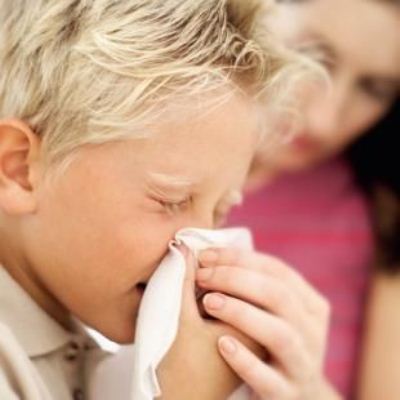Signs That Your Child May Need Allergy Testing
Spring is here, the time when the pollen count can make anyone with allergies completely miserable. Allergies can be hereditary and easily passed on from parent to child. If it is possible for a child to have inherited some kind of allergy, this is the time to have them undergo allergy testing to be absolutely certain, before they have a serious reaction out of the blue that could endanger their health.
Common Allergies Among Children
The most common allergies that will appear in children during childhood include food allergies, asthma, hay fever and contact dermatitis. Most of them have easily identified triggers and avoiding reactions will usually entail simple abstinence from having that trigger in their diet or environment or complete avoidance of whatever substance caused the attack. The best way to refine which triggers affect them the most is to have children undergo allergy testing as soon as possible, usually after the age of four.
The Skin Prick Test
Most allergies can be tested for in one of two ways: blood tests or the skin prick test. Blood tests can identify some allergic triggers but is better used for ruling out other medical conditions before confirming an allergic reaction. The best way to determine whether any child has allergies is to have them undergo a skin prick test, which will expose them to treated samples of the known triggers for common allergies.
During the test, a child is placed on their stomach and the skin of their back is exposed. A plastic sheet containing samples of known allergic triggers is then placed on their back, and gently pressed onto the skin.
– If the child is allergic to a substance present on that sheet, it will be revealed as a patch of irritated skin within 15 minutes of contact. Each sheet is laid out in a grid pattern, with each allergen clearly identified within that grid.
– If there is no reaction to a particular test, then the child is not allergic to that substance.
Common Symptoms of Common Allergies
If your child should develop any of these symptoms prior to being tested for allergies, you could treat them as signs that the testing has become necessary and should be done as soon as possible.
- Sneezing, coughing and a runny nose plus irritation around the eyes are generally signs of hay fever or allergic rhinitis. Tightness in the chest, wheezing and chronic coughing, especially at night, may be signs that the child has asthma.
- Contact dermatitis involves red patches of irritated skin appearing in an area where a suspected substance such as poison oak or ivy may have made contact with the skin.
- Insect bites and food allergies can cause other skin irritations to develop, like hives or eczema. Hives appear as red welts on the skin, while allergic eczema will appear as tiny bumps that will be red, and sometimes oozing liquids.
- Severe food allergies can have the child vomiting, feeling nauseated, with stomach cramps, hives, headaches and even diarrhea, depending on the severity of the allergy.
Potential Side Effects of Allergies
Allergy testing should be done so that the child can be effectively treated with the proper medicines so that they do not develop side effects from it being untreated. In children, some of these side effects can have long lasting effects on their health, which could plague them for the rest of their lives. For example, allergic reactions to food can worsen over time without treatment, leading to life-threatening situations developing. Ear infections can be a side effect of hay fever and can eventually lead to hearing loss if not treated and managed properly.






0 Comments
You can be the first one to leave a comment.